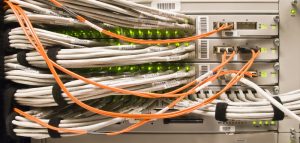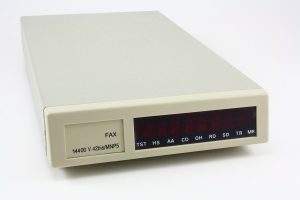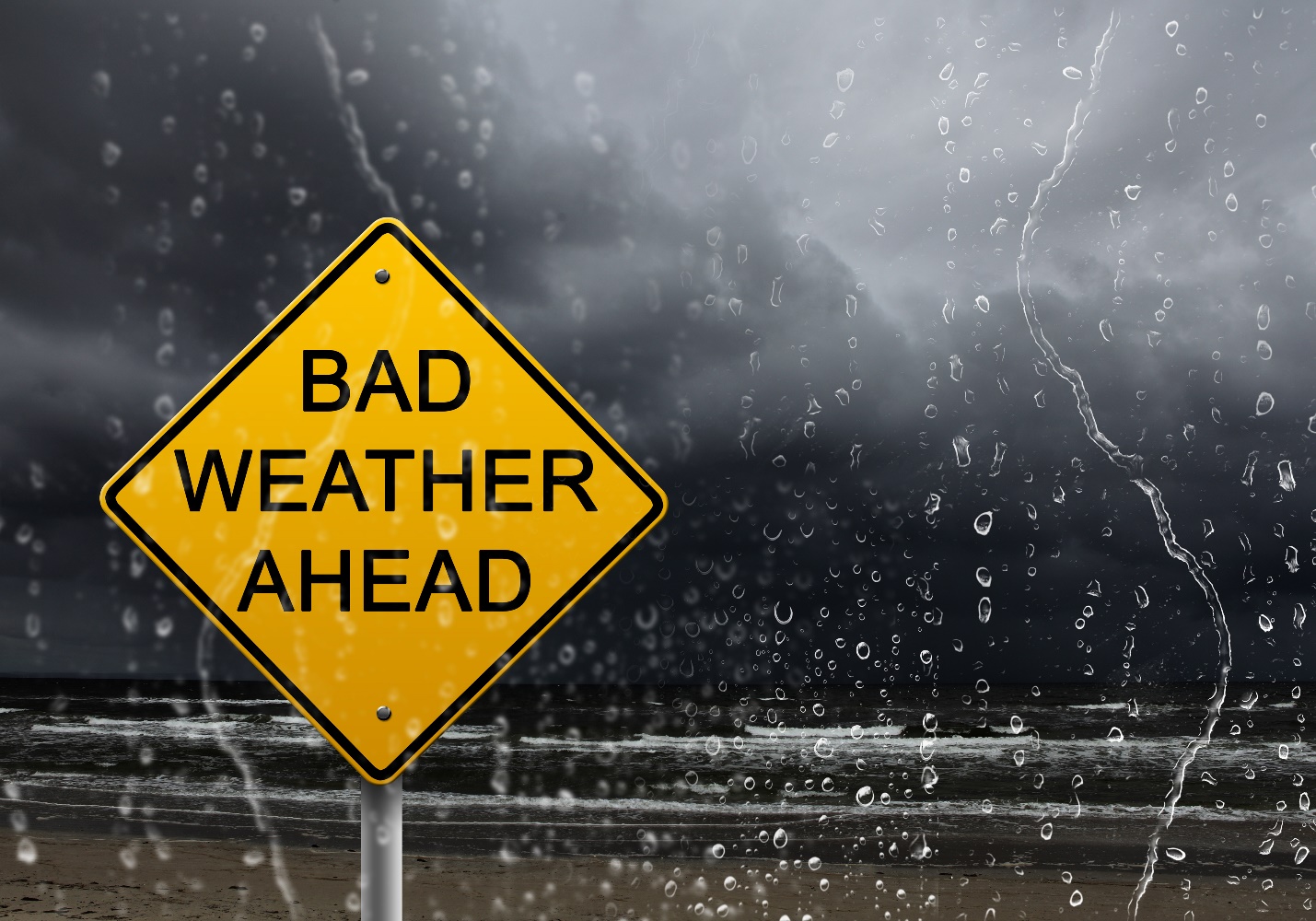Cable Internet Alternatives: Mobile Broadband, Satellite, T1 Lines, or Dial-up for Rural Properties

Today, far too many rural properties are too far from the local hub to support a cable or DSL connection. While rural broadband initiatives are working to lay fiber lines that support fast, cheap cable connections, these initiatives are, unfortunately, sporadic and slow to implement. In the meantime, those who live off the cable internet grid are left to blaze their own trail and find cable internet alternatives.

If cable internet providers like Time Warner Cable, Charter, or Earthlink don’t cover your rural property, there are other internet options for the resourceful to discover. This quick reference sheet outlines the effectiveness and costliness of four cable alternatives: mobile broadband, satellite, T1 lines, and dial-up. It contains the fast facts you need to make an informed, empowered decision about your rural internet coverage.

First on our list is mobile broadband, the internet you get with your cellphone carrier’s data plan. The wireless mobile broadband network sends radio waves between cell towers and the modems in your phone, tablet, e-reader, or laptop. It can also be installed on an external modem to provide Wi-Fi to an entire property, just like cable internet.
Mobile broadband is, usually, the fastest user experience available to rural properties. Unfortunately, 3G or 4G LTE mobile broadband networks do not adequately cover all rural areas (particularly those in mountainous terrain). Poor coverage makes mobile broadband less reliable than satellite, T1 lines, or dial-up in some areas. Check the Rhoonet website https://www.rhoonet.com/search-rural-isps/ to identify all mobile broadband providers operating in your area.
MOBILE BROADBAND
Download speed: 5-12 Mbps (LTE), 1-4 Mbps (3G) Upload speed: 2-5 Mbps (LTE), 1 Mbps (3G) Latency/lag time: 75-100 ms S
Satellite Internet is literally Available Anywhere
The second most popular internet alternative for rural areas is satellite internet. The wireless satellite network sends radio signals between satellite dishes on earth and satellite dishes in geostationary orbit 24,000 miles above earth. It’s not the most efficient system, but it allows satellite providers to beam internet virtually anywhere (including onto boats, mountains, and motor homes).
Technically, satellite internet is faster than mobile broadband, but the signal latency as radio waves travel in and out of space creates significant lags that slow down the user experience.

SATELLITE INTERNET
Download speed: 5-15 Mbps Upload speed: 1-2 Mbps Latency/lag time: 500-1500 ms
T-1 Internet provides VoIP and Business Internet
Each T1 line has 24 symmetrical channels operating at the same download and upload speeds, making it an incredibly predictable and reliable technology. The wireline connection transmits signals along the dedicated fiber optic or copper lines with virtually no latency.
In the eighties, T1 lines were absolutely revolutionary. Now, however, they have been outstripped by faster and more economical options like internet over Copper and cable. For those with the budget, T1 is still the most reliable option for rural businesses that cannot install a cable or DSL connection.
With T-1, you have a guaranteed connection for broadband and VoIP services under a service level agreement(SLA).

T-1 Internet
Download speed: 1.544 Mbps Upload speed: 1.544 Mbps Latency/lag time: 3-5 ms
If your property is within wireless range of one or two other properties, you can add an 802.11ac wireless router to share the service with your close neighbors and split the monthly billing or even the built up cost.
Dial-up Internet is Alive and Well in Rural America
Amazingly, millions of Americans still connect to the internet using dial-up technology. Dial-up internet is a wireline connection that sends signals over the public switched telephone network. The connection is not strong enough to support multiple devices at once, so the phone line is connected to a modem that connects directly to the computer via telephone cable.

Dial-up doesn’t require any additional infrastructure, excepting a phone line connected to the public switched telephone network. It is, then, an incredibly accessible and affordable technology. Cheap, however, comes at a price; dial-up connections are painfully slow, particularly when processing today’s high definition online content.
DIAL-UP Internet
Download speed: 56 Kbps Upload speed: 34 Kbps Latency/lag time: 150-200 ms
Call us to find the best internet package for your online needs 1-866-439-6630.




